Council and housing associations are evicting far too many social tenants and making them homeless and this is THE main issue not tenants who are evicted by private landlords!
That opening statement that goes against all current and past thinking yet the facts bear it out; facts that social landlords and the housing commentariat refuse to even recognise despite the facts staring them in the face. Take the following two facts:
• UK has 53% private properties and 47% socially rented ones.
• UK evictions show 54% private to 46% social housing evictions.
These are not contentious facts and official figures and they reveal eviction rates of tenants correspond to the type of landlord and this is deeply concerning. In context and for any semblance of a like-for-like comparison you almost need a special dispensation from the Pope to evict the social tenant while the private landlord can evict without any reason whatsoever.
Social (sic) landlord evictions are thus staggeringly and disproportionately high in any like-for-like comparison with the private rented sector.
Why? – Why are evictions of social tenants so illogically high? Why? – Why has there been no recognition of the fact that social tenant evictions are so unreasonably and disproportionately high? How the hell has this been missed?
I suspect it is because we don’t want to recognise this fact in the first place let alone address the problems it creates in homelessness. Just to recognise and accept it – and the fact cannot be denied – means that attention is drawn away from the ease of evicting the private tenant with its legal framework of no-fault evictions and thus insecure tenure private tenants have.
We can and should still state that no-fault evictions are anathema and campaign for better protection and rights for private tenants and there is increasing evidence that all political parties are more inclined to act in this area, even the Conservative Party are more inclined to regulate the private rental market and this was also apparent before the last election and not just a convenient position taken now they have little authority as government.
YET given that social landlord evictions are so high despite the legal constraints and difficulties social landlords face in evicting the social tenant and despite much tighter regulation of the social housing sector than the private landlord sector we find that in any like-for-like comparison that social tenant evictions are a greater number and a greater problem.
That paragraph above is one I thought I would never write. It reads like a political theoretical tract from an uber right-wing polemic from a free marketeer chinless policy wonk; and also reads like an apologia for the private landlord to remain unshackled and to deny the need for any form of regulation or scrutiny of the free market private landlord. Both of these positions are anathema yet the excessively high social landlord eviction rate in comparison to the private landlord eviction rate gives grounds (no pun intended) for those arguments to be given oxygen.
This is why I suspect awareness of the unreasonably and illogically high social (sic) landlord eviction rate is kept quiet and not reported as doing so would let the ‘nasty’ private landlord off the hook – yet in taking that position it lets the nasty social landlord off the hook!
The hypocrisy of the social landlord good private landlord bad strategy that the (claimed) social housing sector has propagated and repeated as a mantra to any criticism of social landlords for decades unravels starkly here and as a result the social tenant gets shafted and the dire problem of social landlord evictions is not addressed. Is that a consequence of two-thirds of social tenants having a private registered provider – the correct name for housing associations – as landlord and who have no legal duties to house or rehouse anyone unlike councils who do because they are public authorities?
I suspect so as a tenant evicted by a housing association becomes the problem of and cost to a council and no longer a problem for the housing association. The evicted and former HA social tenant is a victim of social dumping.
We need to urgently address the major problem of the eviction of social tenants and its unacceptably and illogically high number. It could be the increasing use of the same no-fault eviction tenure (AST) by soicial landlords that private landlords operate in starter and introductory tenants that is reason for this high rate. It could be the increasing use of the only mandatory eviction reason and thus one step removed no-fault eviction in Ground 8 used by housing associations and which councils cannot use. It could be the increasing private rental arms of both housing associations and councils using AST to give them this no-fault eviction option too.
It is likely to be a combination of these issues yet whatever is causing the excessive, unacceptable and excessively high social (sic) landlord eviction numbers it has to be recognised, scrutinized and addressed.
_________________________
The numbers of evictions by tenure and the detail of those numbers is contained here which also asks why the hell the usual suspects of JRF, Guardian, Shelter and the rest of the great and good of the housing commentariat failed to even spot the very high social tenant eviction rate.
Since I published that post I note that the usual politicians in the Labour Party and the Green Party have welcome and promoted the JRF report in the same sycophantic way and backed its calls for greater regulation of the private rented sector while saying absolutely bugger all about the high rate and number of social tenant evictions. For once it would be positive if they could recognise fact and not predetermined assumption!
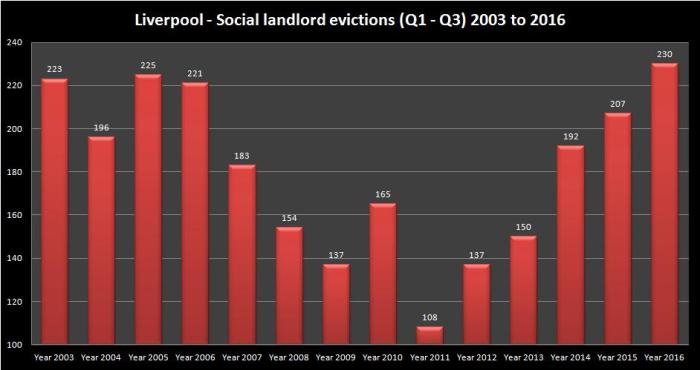



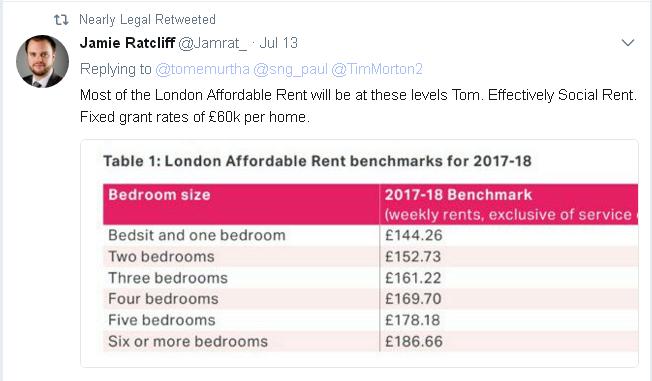
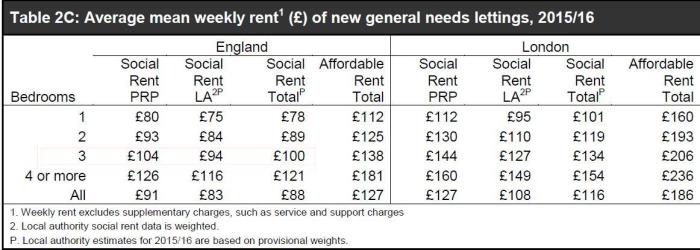

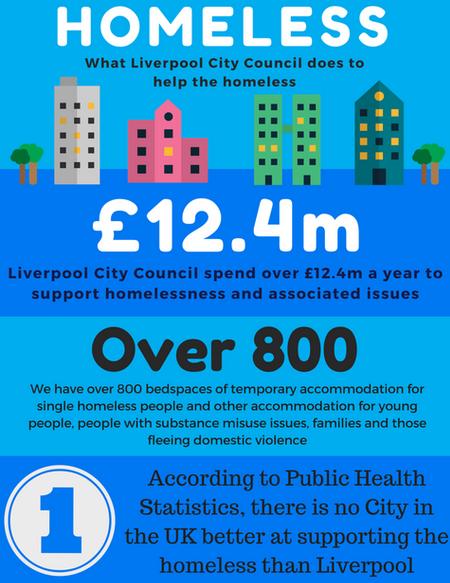


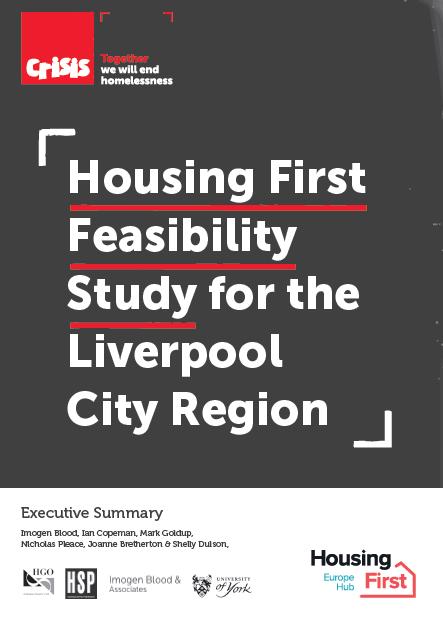
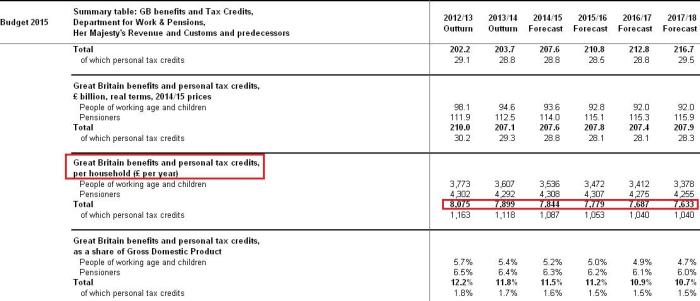
You must be logged in to post a comment.